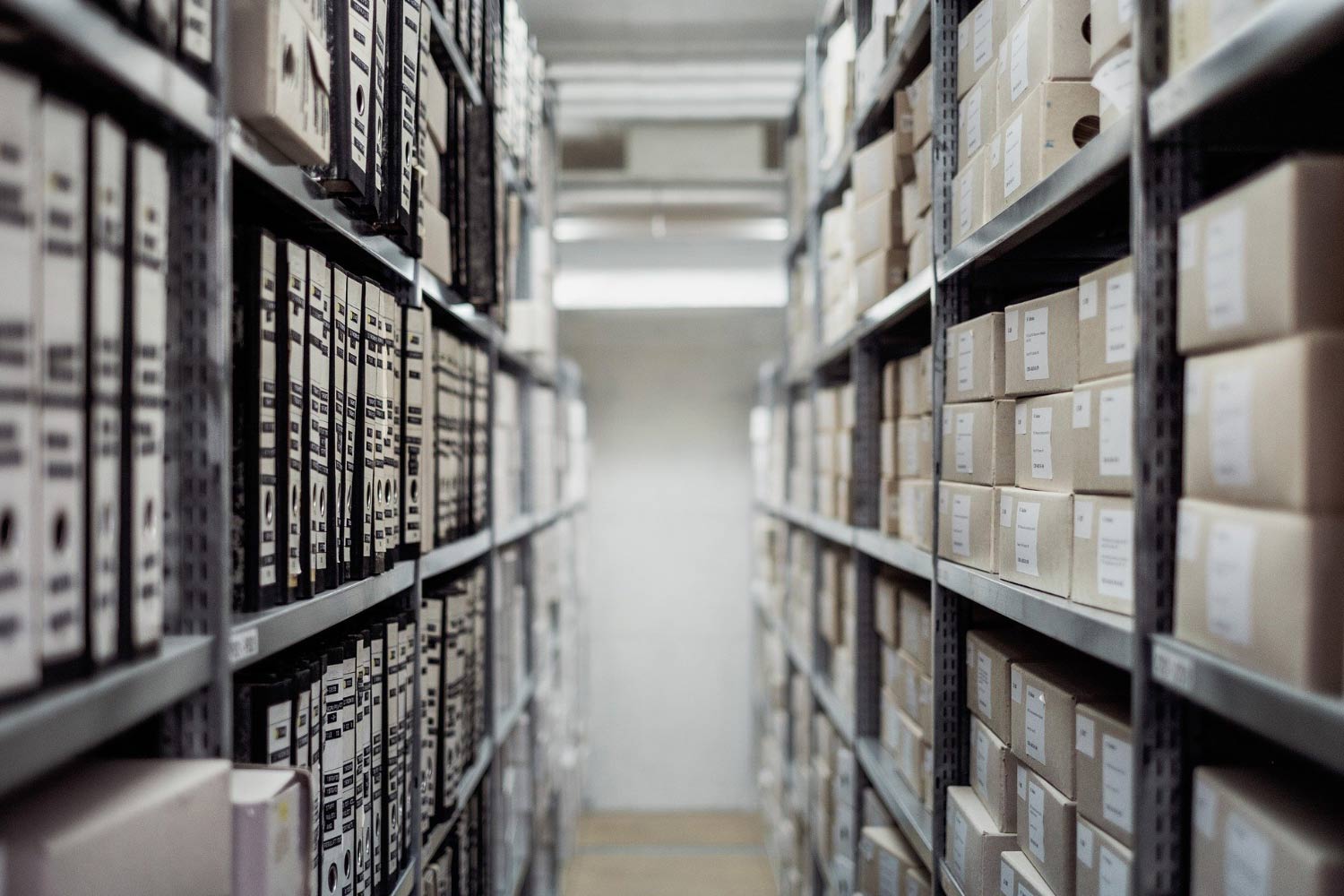LTL Shipping: The Best Way To Ship Bulk Goods

LTL shipping is a type of freight shipping used to ship smaller loads too large to be sent via parcel shipping. LTL stands for “less than truckload,” and these shipments typically weigh between 151 and 5,000 pounds. If you have a business that ships bulk goods, then LTL shipping is indeed the best way to get your product to your customers. There are many benefits of LTL shipping, including that it is less expensive than parcel shipping and can be used for different products. In this blog post, we’ll explore the benefits of LTL shipping and how it can benefit your business.
What Is LTL Shipping?
LTL shipping stands for less-than-truckload shipping. This type of shipping is perfect for businesses that need to ship large quantities of goods but don’t have enough to fill an entire truck. LTL shipping rates are based on the amount of space your shipment takes up in the truck, so you only pay for the space you use.
LTL shipping is a great option for businesses that need to ship bulk goods but don’t have the volume to fill an entire truck. LTL rates are based on the amount of space your shipment takes up in the truck, so you only pay for the space used. This makes LTL shipping a cost-effective option for businesses of all sizes.
Benefits Of LTL Shipping
If you’re shipping bulk goods, you may wonder if LTL shipping is the best option. In this blog post, we’ll go over the benefits of LTL shipping so you can decide if it’s the right shipping method for your needs.
- Save Money on Shipping Costs
One of the biggest benefits of LTL shipping is that it can save you money on shipping costs. When you ship via LTL, you only pay for the space your shipment occupies in the truck. This is opposed to FTL shipping, where you would have to pay for an entire truck even if your shipment only takes up a small portion.
- Avoid Shipping Delays
Another benefit of LTL shipping is that it can help you avoid shipping delays. If you’re using FTL shipping and your shipment isn’t ready to go when the truck arrives, you’ll have to wait until the next available truck. This could cause significant delays in your shipment’s delivery. With LTL shipping, however, your shipment will be delivered when it’s ready since there will likely be other shipments going to the same destination.
- Get Your Shipment to Its Destination Safely and Securely
When you use LTL shipping, your shipment will be handled with care and arrive at its destination safely and securely.
- Track Your Shipment
When you use LTL shipping, you’ll be able to track your shipment, so you always know where it is &when it will arrive.If you’re looking for a reliable & cost-effective shipping method, LTL shipping may be the right option.
How to find the best LTL shipping company?
Less than Truckload (LTL) shipping is often the best option when shipping large or bulk items. LTL shipping companies specialize in transporting these types of shipments, and they have the experience and resources to get your shipment where it needs to go safely as well as on time.But with so many LTL shipping companies, how do you know what’s right for your shipment? Here’re a few things to look for when choosing an LTL shipping company:
- Reputation: Check online reviews and see what other customers say about the company’s services.
- Rates: Get quotes from several different companies to compare rates. Be sure to include any special discounts that may apply.
- Network: Ensure the company has a good network of warehouses and distribution centers so your shipment can be routed efficiently.
- Customer service: Choose a company that provides excellent customer service in case you need to contact them about your shipment.
How to prepare your shipment for LTL shipping?
Assuming you have already gathered your items for shipment and have them palletized, the next step is to prepare your shipment for LTL shipping properly. Below are key tips to follow:
- Shrink wrap your pallet(s) – this will help hold your items in place during transit and also keep them clean
- Label your pallet(s) with all relevant information, such as who the shipment is for, where it’s going, what’s inside, etc.
- Make sure your pallet(s) is/are correctly dimensioned and weigh them so you can provide that information to the carrier ahead of time
- If you are using a trucking company, get a copy of their Bill of Lading (BOL) which details their terms and conditions for shipping your load.
What are the most common mistakes with LTL shipping?
The most common mistakes that shippers make when it comes to LTL shipping are:
- Not knowing what their freight class is: Freight class is determined by four characteristics: density, stability, handling, and liability. You can use the NMFC (National Motor Freight Classification) guide to help you find your freight class.
- Incorrectly estimating dimensions and weights: Measure and weigh your shipment correctly to estimate the shipping cost accurately.
- Not using proper packaging: Packages should be designed for LTL shipping to protect your goods during transit. Improper packaging can result in damaged or lost goods.
- Not considering shipping time and costs: Make sure to consider the transit time and cost of shipping when planning your LTL shipment to ensure your goods arrive on time and within budget.
LTL shipping is a great option for businesses that need to ship bulk goods. It is cost-effective and efficient, allowing you to ship your goods without worrying about overcrowding or damaging them. If you’re looking for a way to ship bulk goods, we highly recommend LTL shipping.
